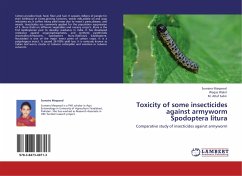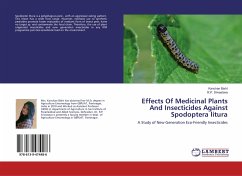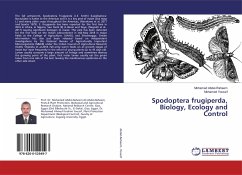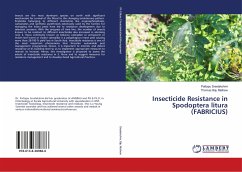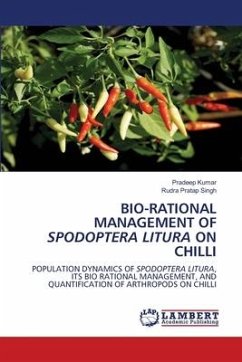Cotton provides food, feed, fiber and fuel. It sustains millions of people for their livelihood at farms,ginning factories, textile mills,edible oil and soap industries etc.It suffers heavy yield losses due to insect s pests,disease, and weeds. Insecticides are commonly applied for the population suppression of S. litura (Fab) on different vegetables and nursery crops.S. litura is the first lepidopteran pest to develop resistance in India. It has developed resistance against organosphosphates, and synthetic pyrethroids insecticides.Armyworm, Spodoptera litura (Fabricius) (Lepidoptera: Noctuidae) is one of the major insect pests of cotton crops. It is a polyphagous insect. It caused 26-100% yield loss. It is variously known as Indian leaf worm, cluster or tobacco catterpillar and common or tobacco cutworm.

